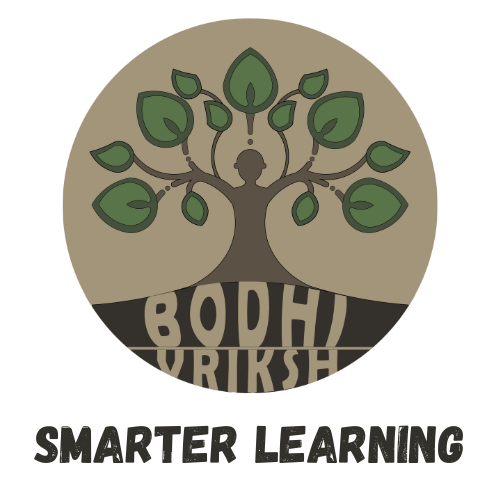From Knowledge to Action: Bridging the Gap Between Training and Performance
Investing in training programs is essential for employee development and organizational success. However, simply acquiring knowledge isn’t enough. The true goal is to ensure learning transfer, where employees effectively apply their newly acquired skills and knowledge on the job. Unfortunately, the gap between training and performance can be significant. Here are some strategies to bridge this gap and maximize the impact of your training programs:
Focus on Actionable Learning:
- Needs Assessment: Before designing training, conduct a thorough needs assessment to identify specific performance gaps and desired learning outcomes.
- Task-Based Learning: Structure training around real-world work tasks and scenarios, allowing participants to practice applying new skills in a safe environment.
- Case Studies & Simulations: Integrate case studies and simulations that mirror real-life work challenges, encouraging critical thinking and problem-solving with the newly acquired knowledge.
Promote Active Engagement:
- Interactive Training Methods: Move beyond traditional lectures and incorporate interactive activities like discussions, role-playing exercises, and group projects to enhance knowledge retention and engagement.
- Gamification: Explore gamification elements like points, badges, and leaderboards to increase learner motivation and participation.
- Social Learning: Encourage peer-to-peer learning by fostering discussions within the training program or establishing online forums for ongoing knowledge exchange.
Bridge the Gap to Real-World Application:
- Pre- & Post-Training Support: Provide pre-training materials to prepare learners and post-training support to ensure ongoing application of acquired skills.
- Action Plans: Encourage participants to develop individual action plans outlining how they will apply their new skills to their specific work roles.
- On-the-Job Coaching & Support: Pair learners with mentors or coaches to provide ongoing guidance and support as they implement their new skills in the workplace.
- Reinforcement & Feedback: Offer regular feedback and reinforcement opportunities to solidify learning and address any challenges faced during practical application.
Leverage Technology for Continuous Learning:
- Microlearning Modules: Offer bite-sized learning modules that can be easily accessed and integrated into busy work schedules.
- Performance Support Tools: Develop or utilize performance support tools like job aids, cheat sheets, or online tutorials that offer quick reference and reinforcement at the point of need.
- Learning Management Systems (LMS): Utilize an LMS to provide easy access to training materials, track learner progress, and facilitate blended learning approaches.
Building a Learning Culture:
- Leadership Buy-In & Support: Leaders need to champion learning and development initiatives to motivate employees to actively participate and apply their acquired skills.
- Performance Management Alignment: Integrate training outcomes and skill development into performance management systems to emphasize the importance of ongoing learning.
- Recognition & Rewards: Recognize and reward employees who successfully apply their learnings to improve performance and demonstrate positive behavior changes.
By implementing these strategies, you can bridge the knowledge-to-action gap and ensure your training programs translate into tangible performance improvements within your organization.
Ready to unlock the true potential of your training programs? Contact Bodhi Vriksh today! We offer a comprehensive suite of training solutions designed to maximize learning transfer and empower your workforce for peak performance.





